Why do unblown buds fall off a rose?
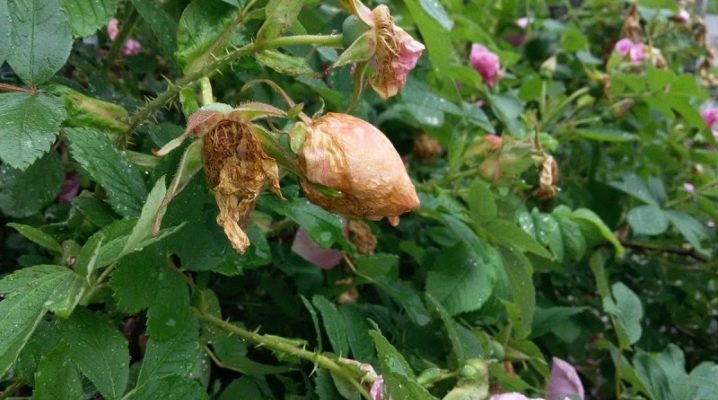
Quite a lot of buds are usually born on varietal roses. If they wither and fall off in a still unblown state, then something is wrong with the plant. There may be several reasons for this: improper care, disease, or attack by insect pests. In order to solve a problem, you first need to find out the source of its origin.
Mistakes while leaving
The most common reason why roses fall off unblown buds is due to improper care. Errors are of a different nature.
- Presence of unfavorable weather conditions and complete or partial absence of protection for flowers. This item includes: too active exposure to the sun, high air temperature, poor lighting, prolonged rainy weather, poor lighting.
- Insufficient or, conversely, excessive watering.
- Excess fertilizer. And also roses suffer from a lack of phosphorus, potassium or boron.
- Under intense and prolonged exposure to sunlight, the plant loses a large amount of moisture. Because of this, the buds decrease in size and become dry.

In the case of abundant watering or prolonged rainy weather, the buds reach normal size. But excess moisture also has a negative effect on them. A mucous membrane appears on top of the buds, and the edges dry out. This prevents the flowers from opening, so the buds fall off in this state. With temperature extremes, the formation of buds also occurs within normal limits. But as soon as the bud begins to open, its sudden wilting is observed. At the same time, on the outside, the petals are often covered with brown spots.
With a lack of nutrients, the plant simply does not have enough vitality to open the buds. Here the plant's immunity is included in the work. To preserve the root system and stems, the plant gradually gets rid of the leaves, and then the buds. Drying is observed with a deficiency of elements such as phosphorus, molybdenum, potassium and boron. In order to prevent or promptly stop the negative impact, it is necessary to protect the plant from adverse environmental factors. Here's what to do.
- Protect the plant from the scorching rays of the sun. For this, a special shading net is created over the roses. Additionally, you need to water the rose bushes well, and also spray it with a preparation called "Bud".
- If the season of prolonged rains has come, it is best to stretch the film over the roses. Before that, they can be treated with Siliplant. As soon as the weather returns to normal, you need to remove the film and treat the plant with a boric acid-based solution.
- During temperature extremes, it is important to observe the irrigation regime, as well as to treat the plants with Epin-Extra.
It is important to control the incoming fertilizers and avoid an acute shortage of them.
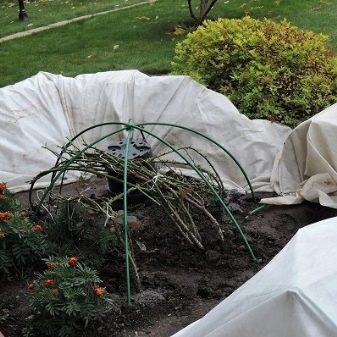

Pests and the fight against them
Insect pests are often the reason for the wilting of buds.
- Aphid. Insects cover the stems, leaves and flowers of roses in whole flocks. Their vital activity leads to drying out of the buds and gradual withering away.
- Rosewood sawfly. Pests are white caterpillars that feed on the pulp and sap of the plant.
- Garden beetle. It eats up the petals, which leads to their drying out.
- Thrips are black insects. When they appear, the petals are covered with gray spots. The buds gradually become dry.
It is noteworthy that pests often attack not only street plants, but also indoor plants. In order to reduce the damage, it is necessary to get rid of them in a timely manner. Aphids are afraid of insecticides. The most popular is Aktara. With an attack of thrips, home treatment is almost impossible. The affected areas should be removed and burned. After that, the plants should be treated with "Inta-Vir" for preventive purposes. The same drug works on the garden beetle. A drug called "Mospilan" copes with the rose sawfly.
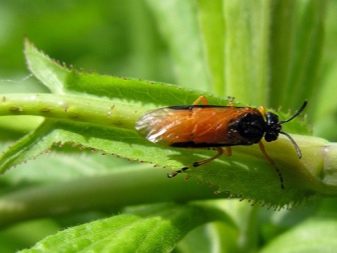
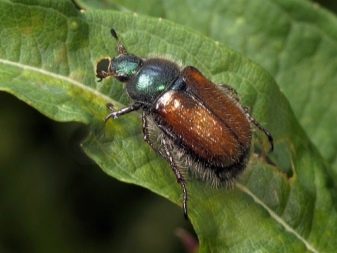
Diseases
Diseases are often the reason for the untimely wilting of buds. The most popular of them are the following ailments.
- Powdery mildew. A specific white bloom appears on the surface of the petals and leaves.
- Downy mildew. The outer petals on the buds turn black, gradually fall off.
- Gray rot. First, the roots begin to rot, then the same condition is observed on the stems, which shed unblown buds.
If powdery mildew has appeared on the roses, then it is best to get rid of the affected parts of the plant. And also the treatment with "Topaz" should be carried out. With downy mildew, it is also recommended to remove diseased buds, and spray all the bushes with the selected fungicide. For such a case, a good option is "Acrobat". The same remedy helps if the rose petals in the garden turn yellow and fall off. With gray rot, the first thing to do is to establish an irrigation regime, since it is the excess moisture that is the provocateur of the disease. Along with this, it is recommended to carry out treatment with the drug "Teldor".
In order for the buds to bloom and not fall, it is necessary to timely identify the presence of diseases and pests, and also not to violate the rules of agricultural technology. If mistakes are made, it is important to eliminate them in a timely manner.
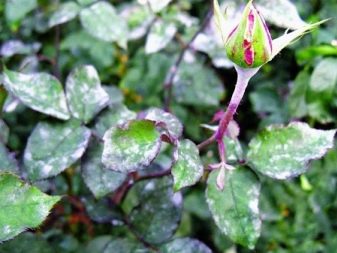
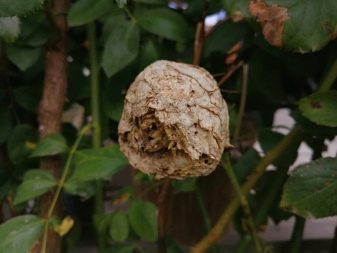

































































































The comment was sent successfully.